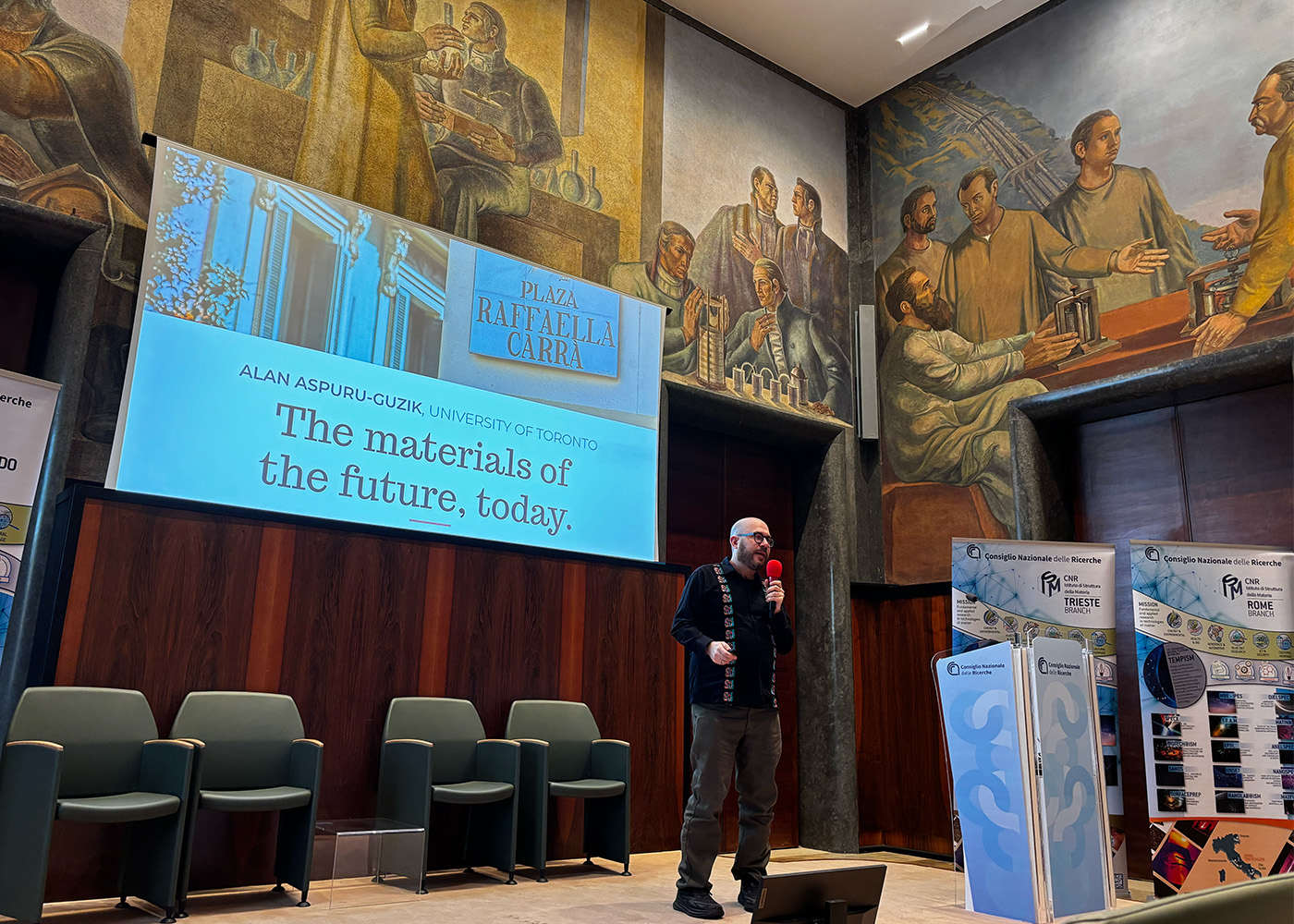University Professor Alán Aspuru-Guzik of the Department of Chemistry was recognized this December with the 2024 prize from the Istituto di Struttura della Materia (ISM), in the Senior Category for candidates over 35 years. Awarded by Italy’s national research council, the Consiglio Nazionale della Richerche (CNR), the PRISM Prize recognizes significant contributions of a researcher working on the structure of matter.
The aim of the PRISM Prize is to promote both fundamental and applied research in the fields of materials science and basic atomic, molecular and solid-state physics.
“It is a privilege to honor Professor Alán Aspuru-Guzik with the PRISM 2024 - Institute of Structure of Matter Prize - Senior category,” said Professor Aldo Di Carlo, Director of the CNR-ISM. “His remarkable contributions to the science of matter over the past years have set a new standard of excellence, particularly in the development and application of advanced computational and machine learning techniques to accelerate the discovery of novel materials and molecular systems.”
Aspuru-Guzik, who is cross-appointed to the U of T Department of Computer Science, travelled to Rome in December to receive the prize, in a ceremony where he spoke about self-driving laboratories and their impact in materials science. “Because the CNR-ISM in Italy is starting work in self-driving labs, it was a timely topic.”

Self-driving labs (SDLs) are at the heart of U of T's Acceleration Consortium (AC), of which Aspuru-Guzik is director. SDLs use artificial intelligence and computational modelling to predict which advanced materials or small molecules might have properties required for a particular application. According to the AC site, a robotic lab can use these predictions to autonomously synthesize and test materials for desired properties... like, for example, conductivity. The results are fed back into the AI system so that it can generate a better slate of candidates.
Sometimes referred to as closed-loop technology, this process allows scientists to first define desired properties for molecules and then work backwards to develop whole families of new materials with those properties, avoiding tedious hours of trial and experiments in the lab.
The potential of SDLs is impressive: they can reduce the time and cost of bringing advanced materials to market, from an average of 20 years and $100 million to as little as one year and $1 million.
“2024 was the first year that the PRISM award was given to a non-Italian,” noted Aspuru-Guzik, adding that receiving the Istituto di Struttura della Materia Prize was especially meaningful to him because of three key words--Structure of Matter--within its name. “When I was a first-year undergrad at the University of Mexico, Professor Andoni Gárritz taught me a course with that name. It was my first introduction to quantum mechanics. "
“Andoni wrote the textbook for this course, which I read from cover to cover. It fascinated me so much that I switched from biochemistry to theoretical chemistry and became Andoni's teaching assistant. When I asked him if he wanted to research with me, he introduced me to Professor Carlos Amador, my undergraduate research advisor.”
That introduction was an early step on a trailblazing career path. The PRISM award is the latest in a streak of awards for Aspuru-Guzik, who received the ICREDD Award and Spiers Memorial Award in 2024, as well as the ETH Chemical Engineering Medal in 2023. In November of 2024, he was also selected as one of Cell.com’s 50 Scientists that Inspire.
The PRISM award ceremony took place in the Marconi Hall of the National Research Council in Rome and was broadcast on CNR-ISM's social media channels on December 17th. The ceremony, including Aspuru-Guzik’s talk, can be viewed here:
In his talk, Aspuru-Guzik explained the need for materials discovery researchers to go beyond simple computational screening approaches followed by traditional experimentation. “Materials acceleration platforms are enabled by the confluence of three disparate fields, namely artificial intelligence (AI), high-throughput quantum chemistry (HTQC), and robotics.

“The integration of prediction, synthesis and characterization in an AI-driven closed-loop approach promises the acceleration of materials discovery by a factor of 10, or even 100," he said.
Di Carlo agreed. “Professor Aspuru-Guzik's pioneering work bridges fundamental research and real-world applications, demonstrating the transformative potential of leveraging computational power to address some of the most pressing challenges in material science, energy, and sustainability. We are delighted to recognize his innovative contributions, leadership and vision in this rapidly evolving field, and with the PRISM 2024 we celebrate his inspiring example as a scientist and innovator.”
As he continues to push the boundaries of scientific discovery, and with new self-driving labs in the works for the Acceleration Consortium extension, currently under construction at the Lash Miller Chemical Laboratories, Aspuru-Guzik's future seems likely to hold more remarkable achievements as 2025 unfolds.
Professor Aspuru-Guzik's pioneering work bridges fundamental research and real-world applications, demonstrating the transformative potential of leveraging computational power to address some of the most pressing challenges in material science, energy, and sustainability. --Professor Aldo Di Carlo, Director of the CNR-ISM


